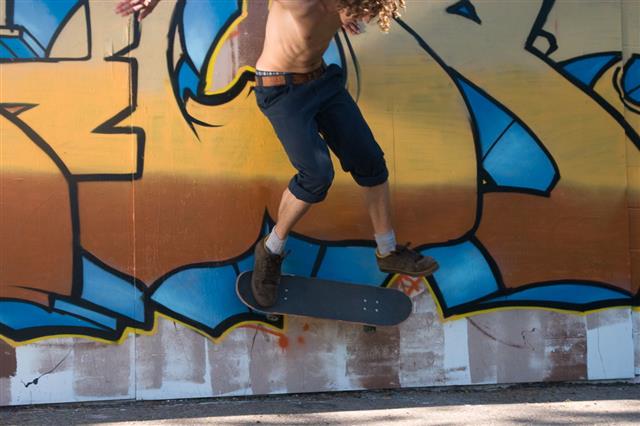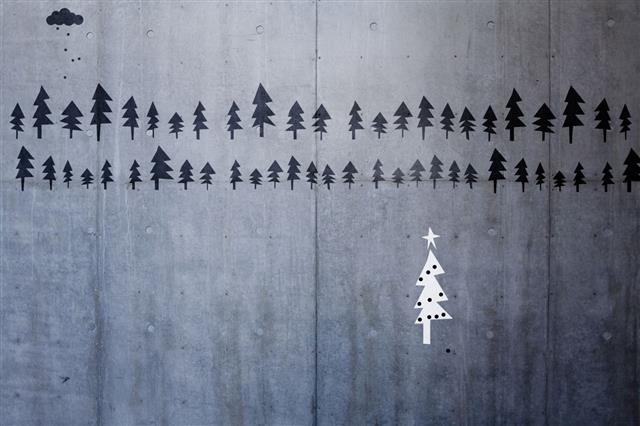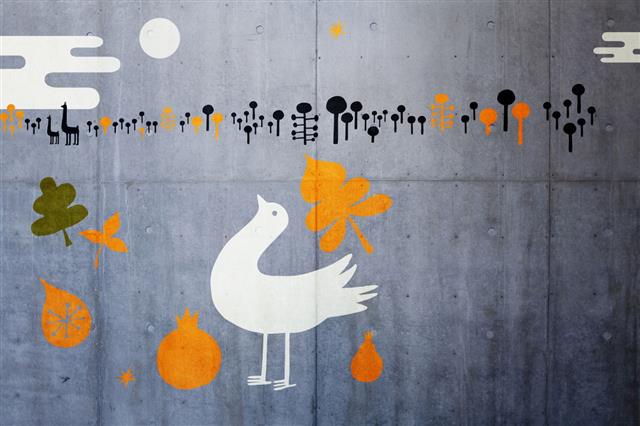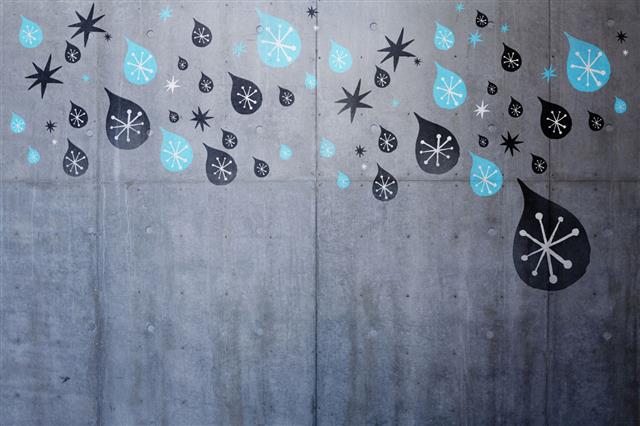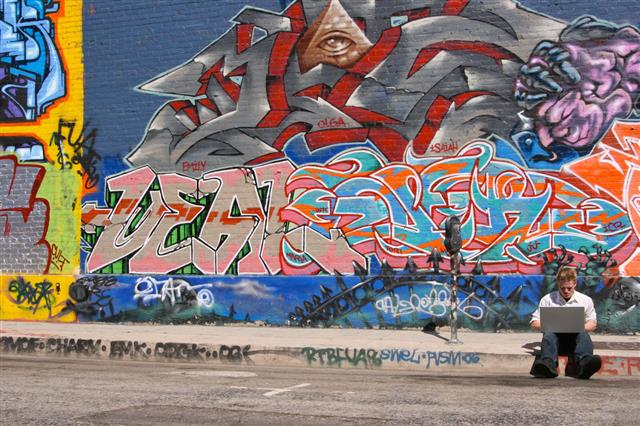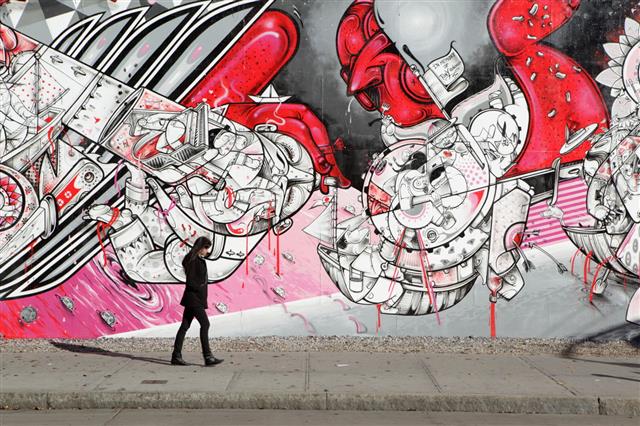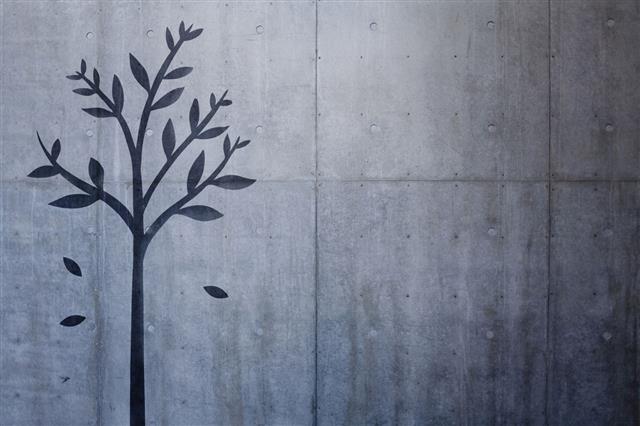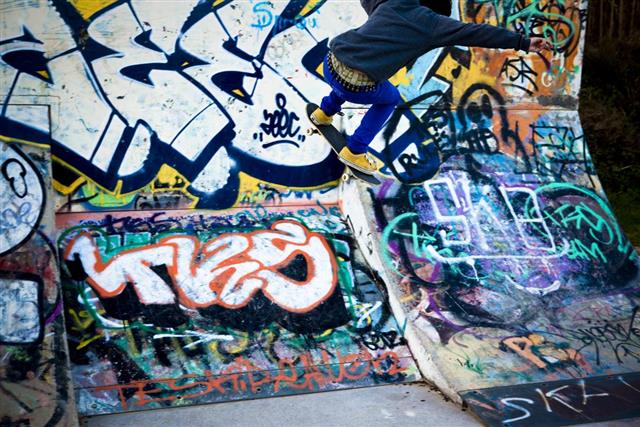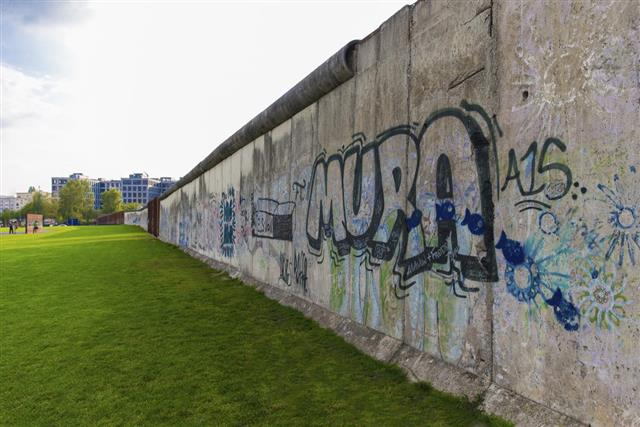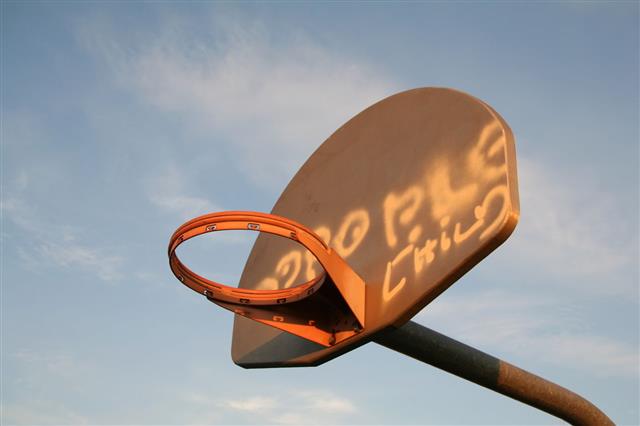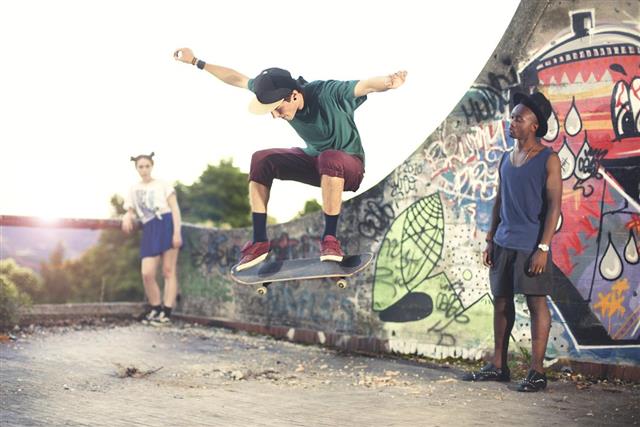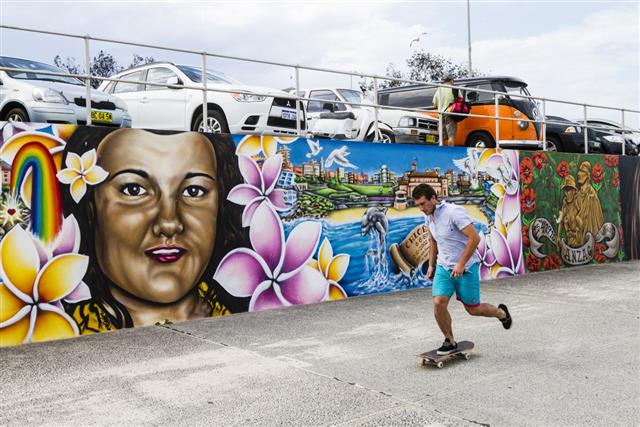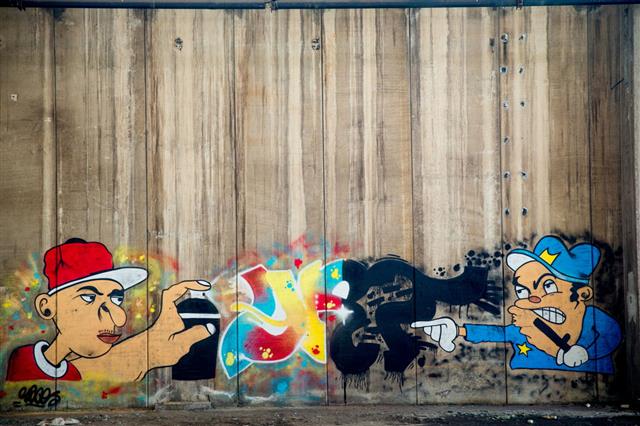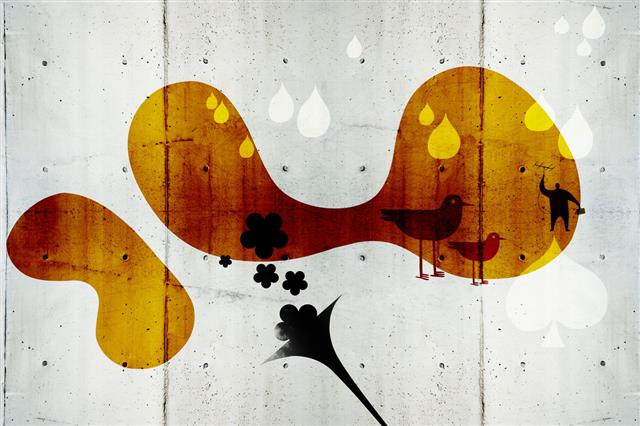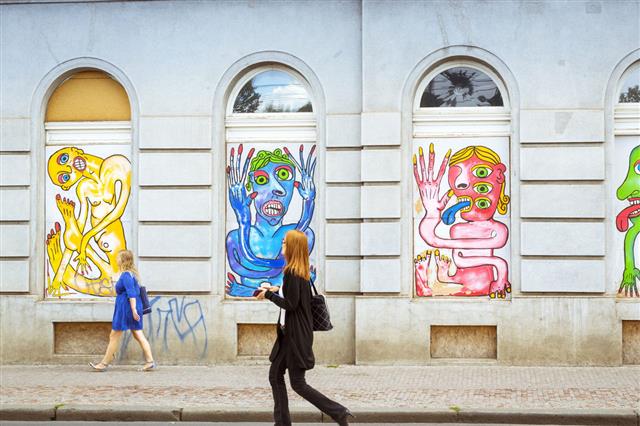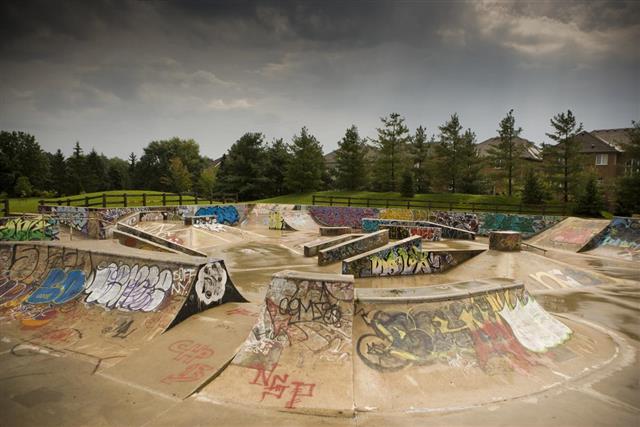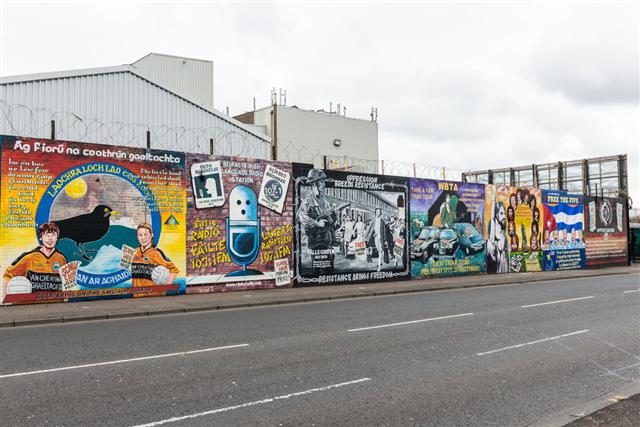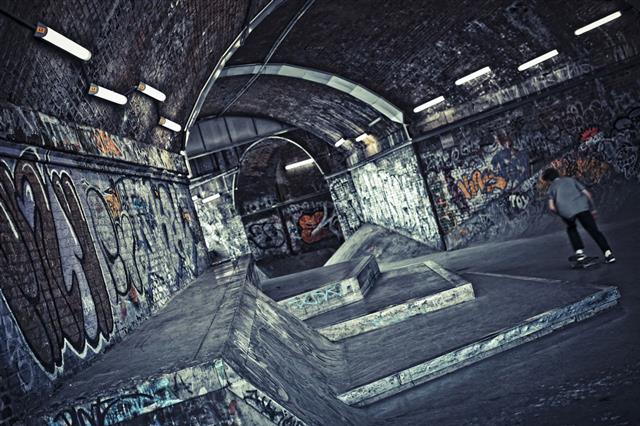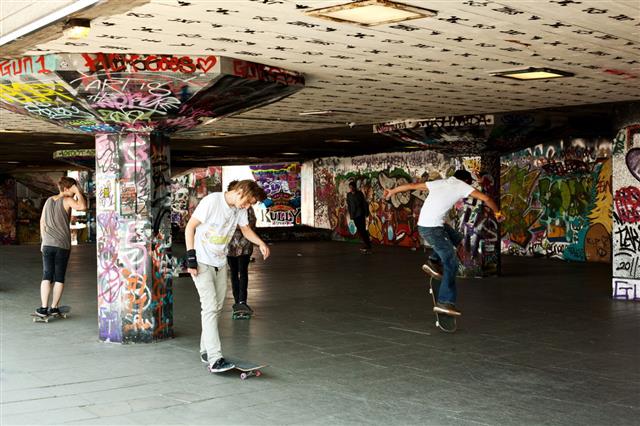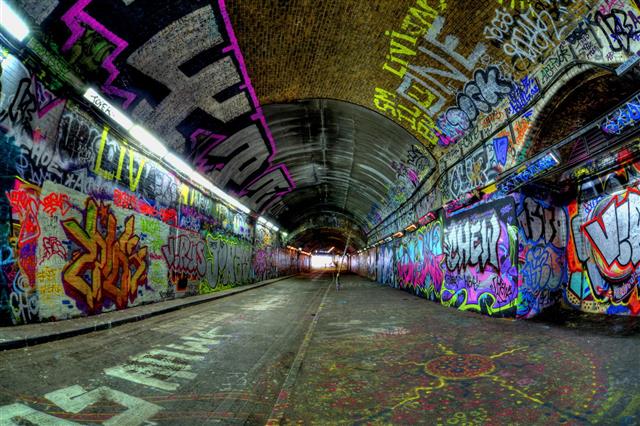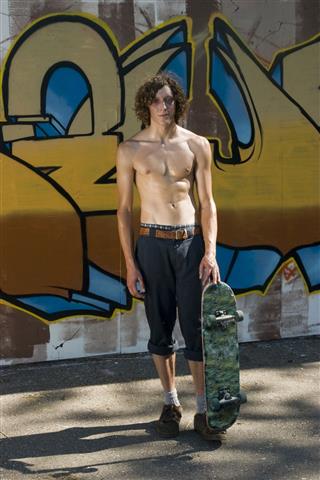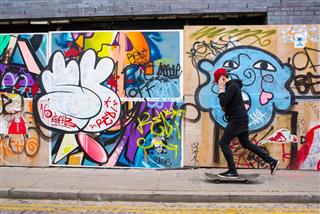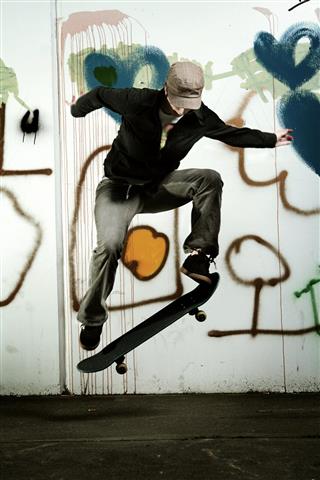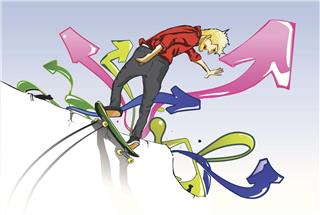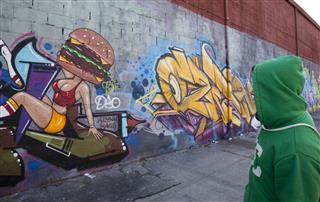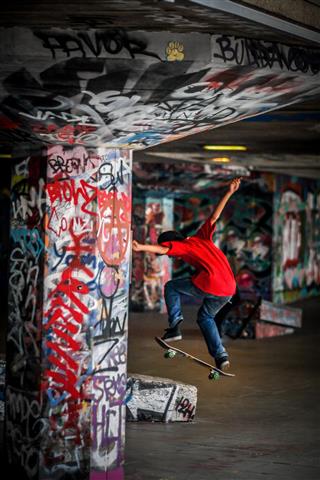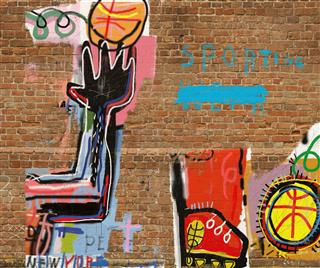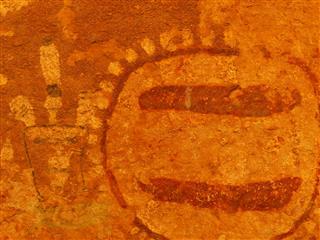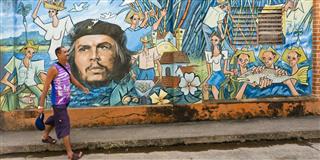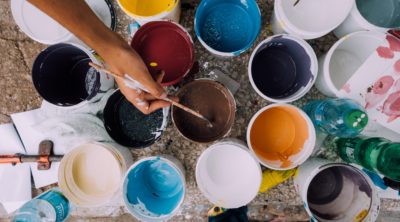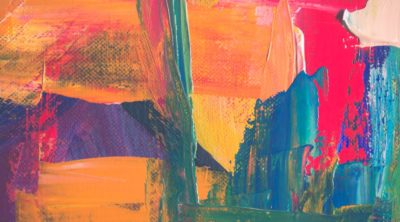
The definition of Graffiti, according to the Oxford dictionary – ‘Writing or drawings scribbled, scratched, or sprayed illicitly on a wall or other surface in a public place’. According to the Cambridge dictionary – ‘Words or drawings, especially humorous, rude, or political, on walls, doors, etc., in public places’.
The word Graffiti is actually the plural form of Graffito. In modern times, however, the word Graffiti is used in both cases.
Graffiti, as a generalization of scribbles or scratches can be traced all the way back to then times when the Romans invaded Egypt. There have also been examples during World War I & II, as well. A perfect one is the ‘Kilroy is here’ statement, with the image of a bald man peeking over a wall. During the 1960s, ‘Tagging’ became rampant in NYC. This was the practice of writing one’s name or drawing a symbol to say ‘I was here’.
The practice of ‘Tagging’ quickly evolved into a battle for supremacy. Everyone wanted to be better in terms of style, effects, colors, size, and sheer number of tags. This was considered illegal, because most tags were created on public property, like walls of subway stations and trains themselves. Tagging was also practiced by gang members to mark their territory. These aspects caused Graffiti to gain a lot of notoriety.
After World War II, Graffiti emerged as voice of economically suppressed people. It developed almost as an aspect of Hip-Hop culture, and the two together proved that people from an impoverished background do have the skills and determination to create something beautiful. Now, Graffiti seems to surpass all boundaries of economy, culture, race, and religion, to become the voice of the unheard.
It is quite evident that the skill and practice required to create Graffiti is not less than any other form of art. The styles produced when used appropriately can greatly improve the aesthetic value of whatever it’s painted on. In fact, many companies today employ Graffiti in their promotions to connect with the younger crowd. Also, some artists like Banksy have been able to showcase their art in galleries and museums.
Unfortunately, a number of people still create Graffiti on property without permission, thus leading to arrests, and the connection to vandalism. Property owners all over the world have struggled with the extra cost of having Graffiti removed. If it is not removed in time, not only is there a fine, but also the city removes the Graffiti and charges the property owner. This has led to further negative publicity for Graffiti.
A number of cities all over the world have recognized the potential of Graffiti. Some have initiated projects in which Graffiti artists are invited as part of a competition or festival. In other cities, there are walls that are deemed ‘free walls’, and can be used by any artist at any time. Some cities have in fact hired artists to create murals. The aim is that, the amount of illegal art will reduce if a legal option is provided.
Sao Paulo – Color + City
Melbourne – City Council encourages Street Art
Aberdeen – Gratitude Graffiti Project
Boston – The wall along Richard B. ‘Rico’ Modica Way in Cambridge and the Beverly Wall
Waterford – Waterford Walls Festival
NYC – Los Muros Hablan
Toronto – StreetARToronto (StART) program
Baltimore – Open Walls
